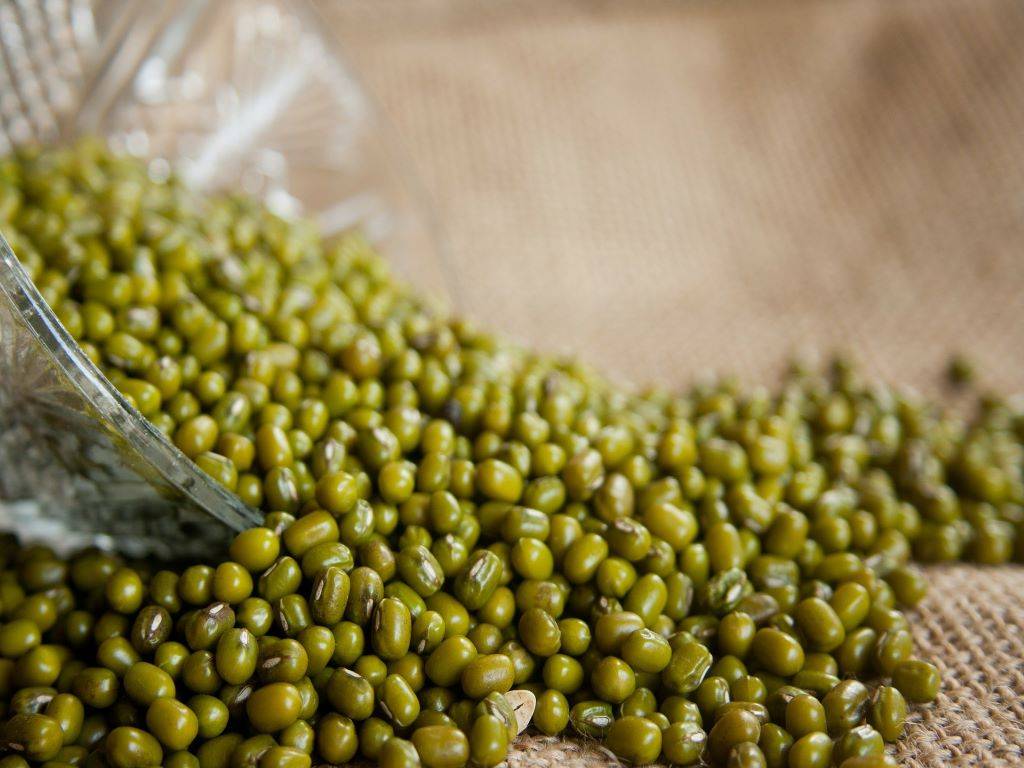
The Directorate General of Foreign Trade (DGFT) is creating headlines by deciding to go for algorithm-based lottery system for the allocation of import quota of tur (pigeon pea) and moon (green gram) in the next fiscal. DGFT had issued a notification on March 19, allowing the imports of 4 lakh tonnes of tur and 1.5 lakh tonnes of moong for the next financial year. According to DGFT, there will be equal allocation of imports to a pre-determined number of applicants using an algorithm-based lottery system.
The decision is been welcomed by the Indian Pulses and Grains Association (IPGA) that had earlier suggested such a system.
Mr. Jitu Bheda, Chairman, IPGA, said, “We are extremely happy that the Department of Commerce and DGFT have accepted our recommendations and allowed traders, alongwith millers and refiners, to import Tur and Moong upto 4 lakh MT and 1.5 lakh MT, respectively. The suggestion of allocating quota equally to a pre-determined number of applicants through an algorithm based Lottery System has also been approved. This will not only control the rising prices but also improve the overall sentiments giving a major boost to the trade. Total 5.5 lakh MT will be sufficient for the current situation. This will be over and above the toor import of 2 Lakh MT from Mozambique as per the MOU between the two governments. Total toor imports would be 6 lakh MT.”
However, this system has not gone down well with all the traders. Some of them are wondering whether this is a way of promoting gambling.
As per experts, the Center should consider algorithm-based on deep learning and rating of importers and traders, instead of basing it on luck.
The total pulses import in 2021-22 is estimated to be more than 11.5 lakh tonnes. This includes allowing the import of 4 lakh tonnes of urad (Black Matpe).
The imports are high in spite of the estimates given by the Ministry of Agriculture and Farmers’ Welfare for pulse production at 244.2 lakh tonnes for 2020-21 crop year ending June. Last year, the production was 230.3 lakh tonnes.
The importers are seeing a spurt in the domestic production of pulses to such an extent that imports would not be needed.















